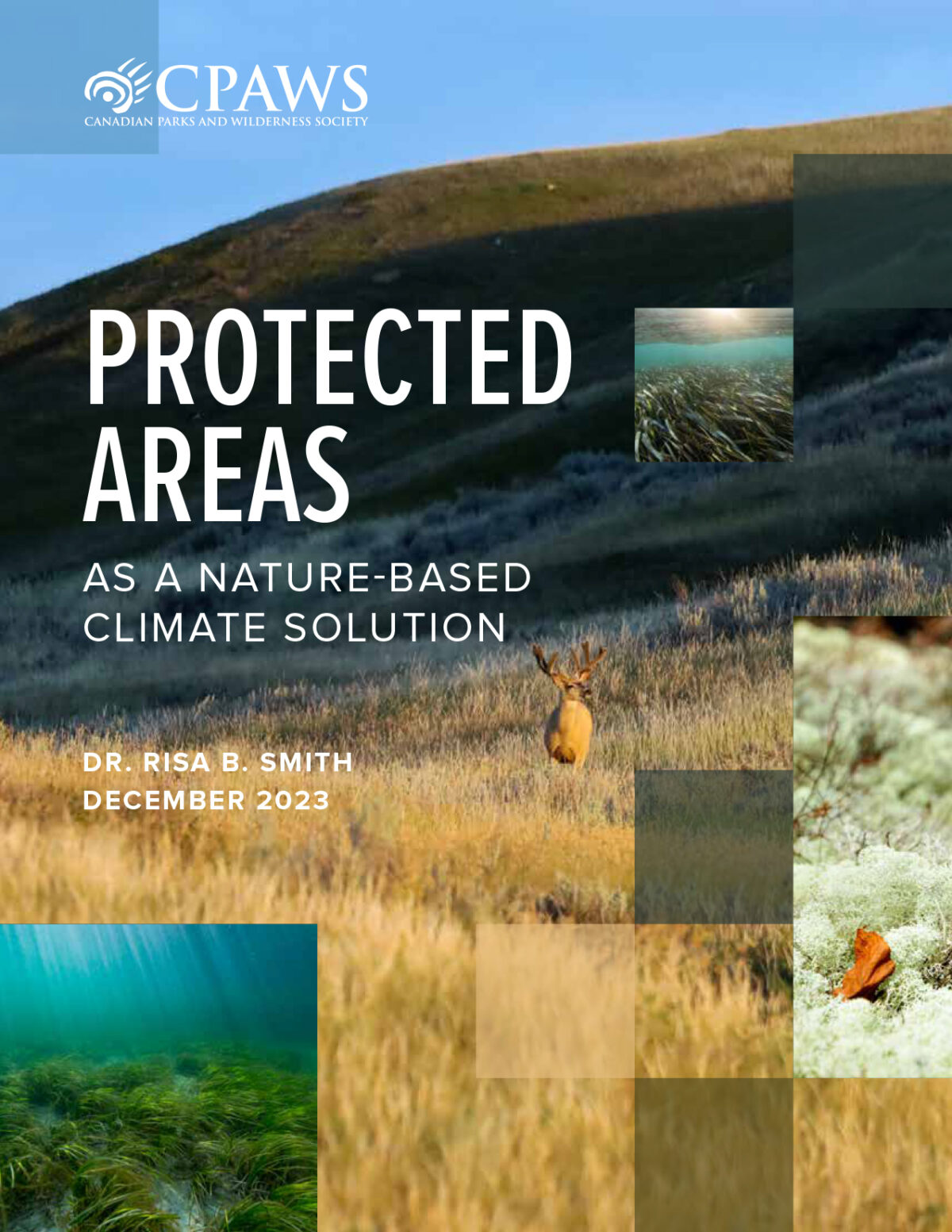Canada can leverage nature as an important tool towards reducing its greenhouse gas (GHG) emissions by increasing the protection of key ecosystems, such as: northern peatland complexes in the Hudson Bay Lowlands and the Mackenzie River Basin; old-growth boreal and temperate forests; coastal blue carbon systems including remaining eelgrass meadows and salt marshes on all three coasts, and ancient prairie grasslands. The greatest short-term benefit (by 2030) comes from protection of carbon-dense ecosystems, to ensure that the carbon they are storing is secure and that their ability to remove CO2 from the atmosphere is maintained. Restoration of damaged ecosystems is also important, but its benefits occur over the long-term (i.e. post 2050).
Implementation of nature-based climate solutions has to be conducted in the context of recognition of rights and title of Indigenous lands, respect for Indigenous knowledge, and assurances that Indigenous People have a dominant role in land-use decisions on their territories.
Canada’s carbon-dense ecosystems are generally poorly represented in the protected areas network. Although the proportion of remaining coastal marine systems protected (i.e. eelgrass and salt marshes), is high, so much has been lost that protecting what remains must be a priority, followed by restoring and then protecting what has been restored.
This Canadian Parks and Wilderness Society (CPAWS) report provides eleven recommendations for protection of Canada’s carbon-dense ecosystems.


